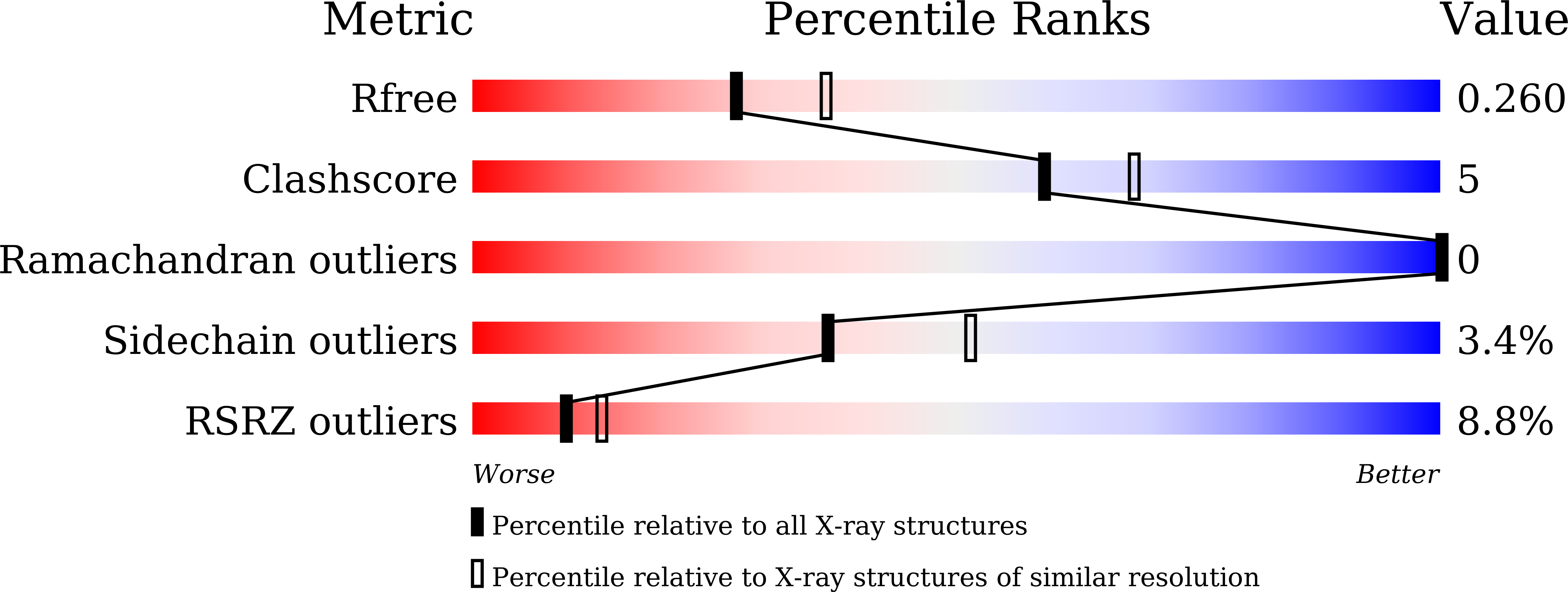
Deposition Date
2023-08-28
Release Date
2024-02-07
Last Version Date
2024-02-07
Entry Detail
PDB ID:
8W68
Keywords:
Title:
Crystal structure of Q9PR55 at pH 6.0 (use NMR model)
Biological Source:
Source Organism:
Ureaplasma parvum serovar 3 str. ATCC 700970 (Taxon ID: 273119)
Host Organism:
Method Details:
Experimental Method:
Resolution:
2.30 Å
R-Value Free:
0.25
R-Value Work:
0.21
R-Value Observed:
0.22
Space Group:
P 1 21 1


